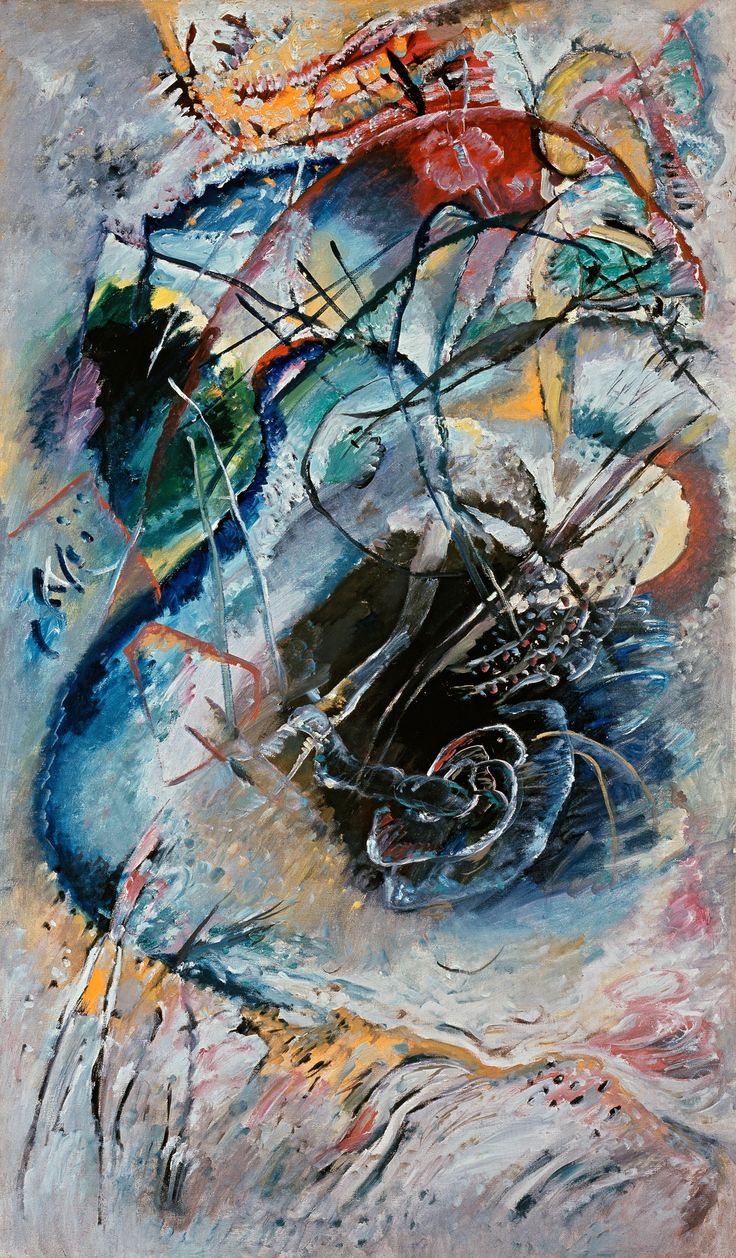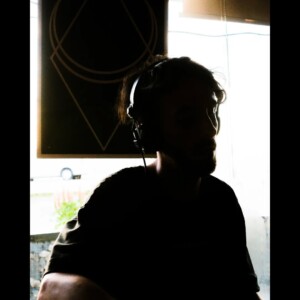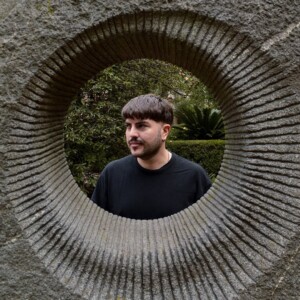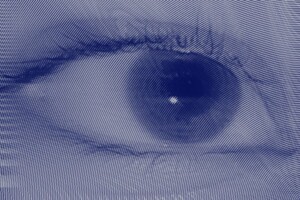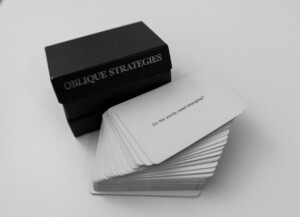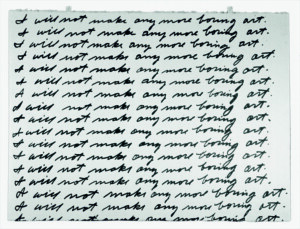Creative Content
En 1911, la publicación de De lo espiritual en el arte de Wassily Kandinsky coincidió con un momento de revolución pictórica. Frente al dominio de la representación figurativa, el arte abstracto emergía como un lenguaje donde lo esencial podía revelarse sin intermediarios. Aunque el origen de la abstracción sigue siendo motivo de debate –con pioneros como Hilma af Klint, cuyas pinturas espiritistas anticiparon caminos insospechados, o Francis Picabia con su Caoutchouc– fue Kandinsky quien la elevó a un plano profundamente espiritual. Inspirado por la libertad de la pintura impresionista de Monet y por la música, “el arte abstracto por excelencia”, Kandinsky no buscaba solo una revolución formal: aspiraba a desvelar una dimensión espiritual a través de lo visual. Su obra marcó un punto de inflexión no solo estilístico, sino filosófico, al postular que el arte debía nacer de una necesidad interna, en diálogo constante con lo invisible.
En nuestra era, saturada de imágenes y estímulos, esta búsqueda espiritual se vuelve más urgente que nunca. Quizás el verdadero desafío no sea inventar nuevas formas, sino recuperar la capacidad de percibir, de desvelar lo que siempre estuvo ahí, oculto bajo las capas del consumo mediático. Para Kandinsky, el arte trascendía lo decorativo: era una herramienta para despertar el alma humana, una necesidad intrínseca. Esta visión resuena hoy con una fuerza particular:
¿Qué rol puede asumir el artista contemporáneo en una sociedad sobreestimulada visualmente?
¿Es posible seguir hablando de “energía espiritual” en un mundo dominado por algoritmos y consumo vertiginoso?
La invitación es clara: regresar a aquello que no solo miramos, sino que sentimos. Kandinsky afirmaba: “El artista debe mostrarse ciego ante las formas reconocidas o no reconocidas, sordo a las enseñanzas y los deseos de su tiempo. Sus ojos atentos deben dirigirse hacia su vida interior y su oído prestar únicamente atención a la necesidad interior” En esta concepción, “cada forma y cada color” poseen una energía propia capaz de afectar al observador. Es esta resonancia y busqueda la que puede llegar a inducir estados emocionales profundos en quien observa (si lo desea)
Kandinsky veía al artista como un visionario, capaz de anticipar y desvelar aquello oculto para la mayoría. En un panorama donde el mercado y los algoritmos dictan gran parte de lo que consumimos, esta misión es más necesaria, pero también más difícil. ¿Queda espacio para artistas incómodos, visionarios, sinceros? ¿Estamos escuchando nuestra voz interior o solo replicamos fórmulas para encajar o complacer? Son preguntas incómodas, pero esenciales.
Aun así, persisten actos de resistencia: proyectos independientes, colectivos culturales y espacios alternativos que buscan reconectar con lo espiritual, lo esencial y lo comunitario, apartándose del ruido del mercado. Allí el arte se defiende de ser un simple objeto de consumo y recupera su fuerza original como resonancia emocional y espiritual. En definitiva, Kandinsky nos dejó una advertencia crucial para nuestro tiempo: el arte verdadero no es un objeto de consumo, sino un acto profundo de escucha interior. La cuestión es ineludible:¿Cómo cultivar esa sensibilidad espiritual en medio del vértigo contemporáneo?¿Qué importancia tiene, hoy más que nunca, aprender a discernir y a filtrar?
Share Post
